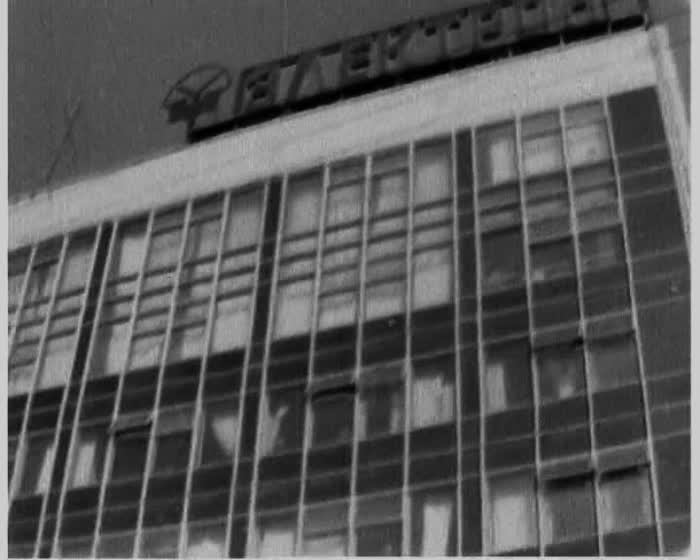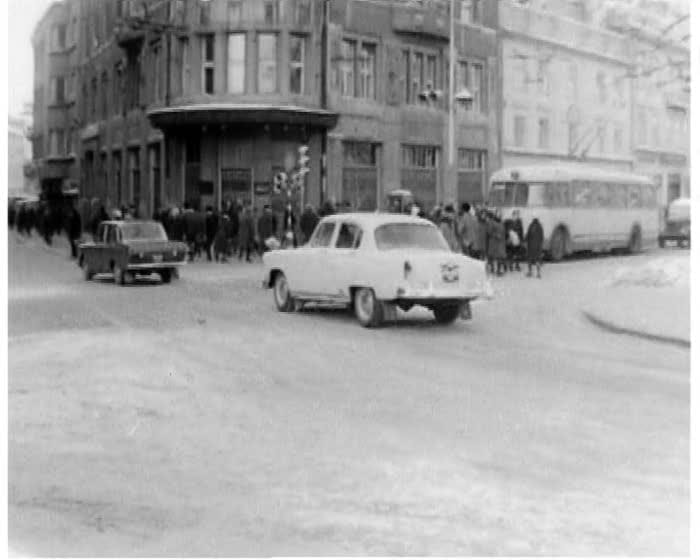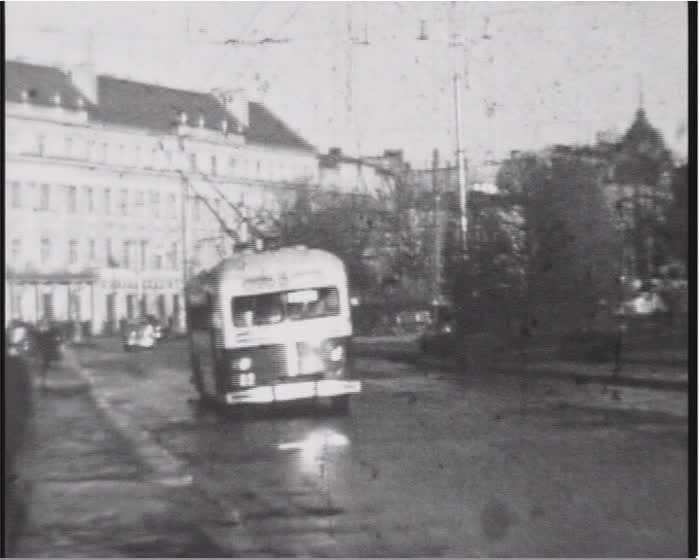Related sources:

ASUP Can Do More: A 1975 TV Story by Lviv Television
A 1975 news report made for Lviv television describes the use of the ASUP (Avtomatyzovana systema upravlinnya pidpryjemstvom - Automated Enterprise Management System) at the Lviv Electron plant, one of the largest TV manufacturers in the Soviet Union. Developed in cooperation with the Kyiv Institute of Cybernetics between 1964 and 1969, the system employed an electronic computer to perform calculations and record production data, marking the first implementation of its kind in the Soviet Union. The story emerged during a period of technological optimism in Soviet state policy, with the fields of cybernetics and computer engineering having developed over nearly two decades. By 1967, more than 500 institutions and tens of...

The Electronic Eyes of a Traffic Inspector: A 1971 TV Story by Lviv Television
A 1971 television story produced for Lviv Television news describes an experiment using television cameras to regulate traffic at one of the busiest intersections in the center of Lviv. The source does not provide information about the authors or the context of the device’s development. However, it is known that the Electron plant, one of the largest TV manufacturers in the city at the time, operated a special design bureau for television equipment. This suggests the presence of technological expertise and infrastructure capable of developing such devices using the relatively new technology of transmitting images via television signals. This technology was becoming increasingly popular in various fields, including traffic control. The...

Radio Communication: A 1959 TV Story by Lviv television
A 1959 TV story filmed for Lviv Television’s Lvivska Nedilia (Lviv Week) (№19) captures the early years of Lviv television and depicts the Soviet modernization of the city. Although the sound is lost, the visuals effectively narrate the story of public transport operations and how remote communication enabled quick responses to breakdowns, preventing disruptions in the public transport infrastructure. In the context of Lviv at the time, the introduction of the trolleybus was a significant symbol of Soviet modernization. Previously, the city only had a tram network. The new trolleybus routes connected the historic city center with the outskirts, where large enterprises and working-class neighborhoods were located. This report highlights...

